-
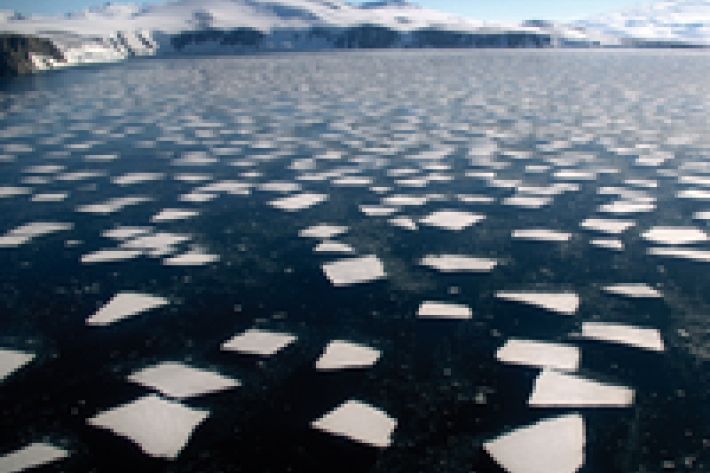
ACRE Antarctica
ACRE Antarctica is a project within the Deep South National Science Challenge. -

ACRE Pacific
ACRE Pacific is a NIWA-led part of the the wider ACRE initiative, run by the UK Met Office. -

PICT (Past Interpretation of Climate) tool
The Past Interpretation of Climate Tool (PICT) is an interactive platform that "allows palaeoclimate researchers to interpret data in terms of atmospheric circulation (AC) patterns and how those patterns relate to synoptic weather types". -
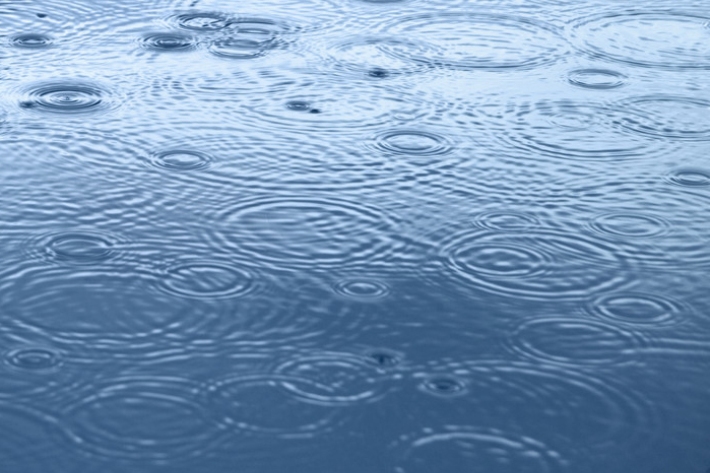
South Pacific Rainfall Atlas
The South Pacific Rainfall Atlas (SPRAT) is a project that was supported by the National Oceanic and Atmospheric Administration (NOAA) to use the NIWA rainfall database and generate rainfall anomaly maps at the station and island group level for the Pacific Islands. -
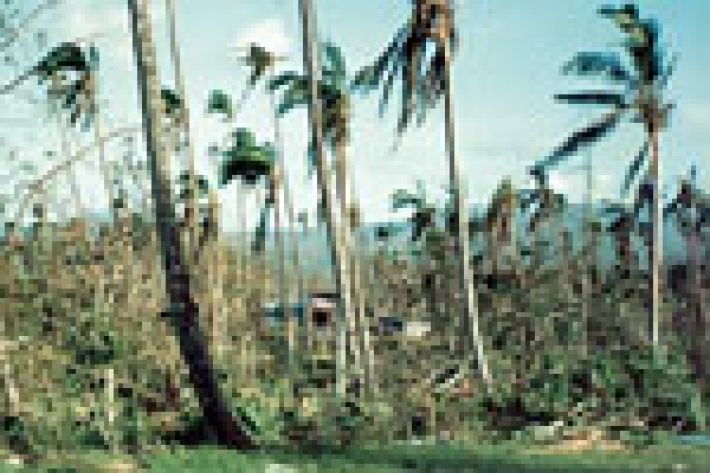
Interdecadal Pacific Oscillation
The Interdecadal Pacific Oscillation, or IPO, is a large-scale, long period oscillation that influences climate variability over the Pacific Basin. -

Madden-Julian Oscillation
The Madden-Julian Oscillation (MJO) is the largest element of the intraseasonal (30-90 day) variability in the tropical atmosphere. -
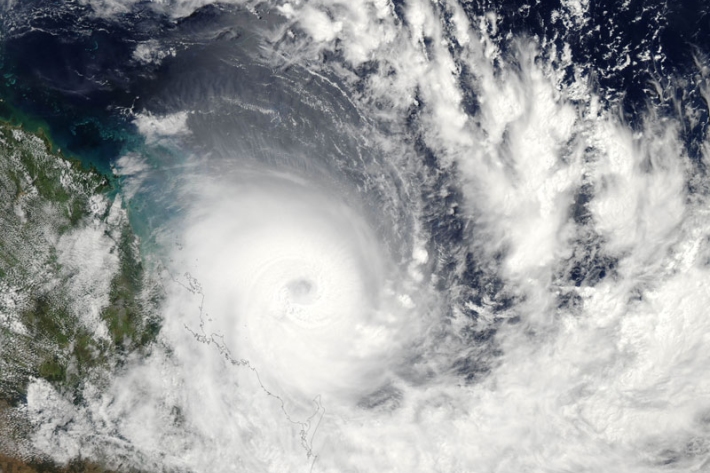
Tropical Cyclones
Tropical cyclones are tropical storms that are characterised by a low pressure centre, strong winds, and thunderstorms that produce heavy rain. -

South Pacific Convergence Zone
The South Pacific Convergence Zone is a band of convergence that splits from the Intertropical Convergence Zone and Western Pacific Warm Pool at the maritime continent and extends southeast as far as the Cook Islands. -

El Niño-Southern Oscillation
The El Niño-Southern Oscillation (or ENSO) refers to the effects of a band of sea surface temperatures which are anomalously warm or cold in a quasi-annual cycle that develops off the Pacific coast of South America and impacts climate and weather across the tropics and subtropics. -

NIWA's Hotspot Watch
Hotspot15 January 2016A weekly update describing soil moisture across the country to help assess whether severely to extremely dry conditions are occurring or imminent. Regions experiencing these soil moisture deficits are deemed “hotspots”. Persistent hotspot regions have the potential to develop into drought. -
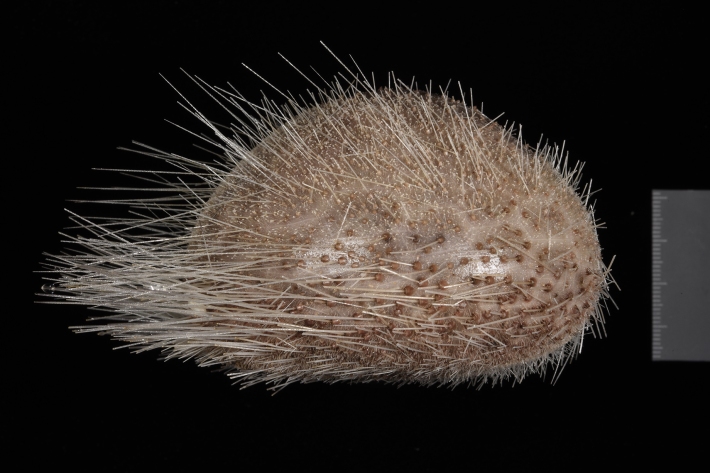
Critter of the Week: Unknown echinoid – deep-sea holasteroid
This week’s critter is an unknown species of an unusual order of sea urchins – the Holasteroida. -
Summer Series
This is a special series of stories put out to the media in the 2015/2016 summer.
